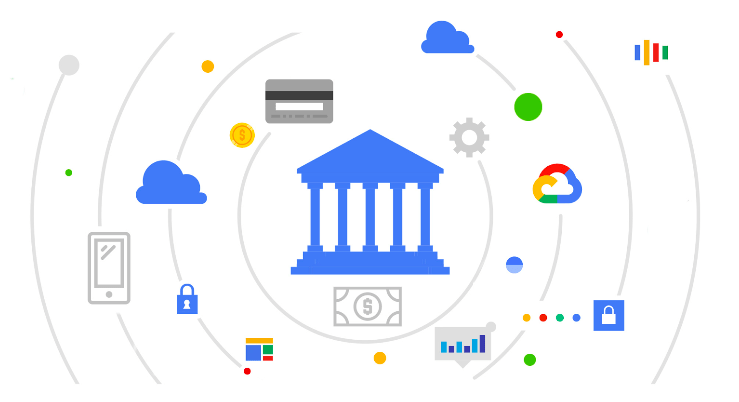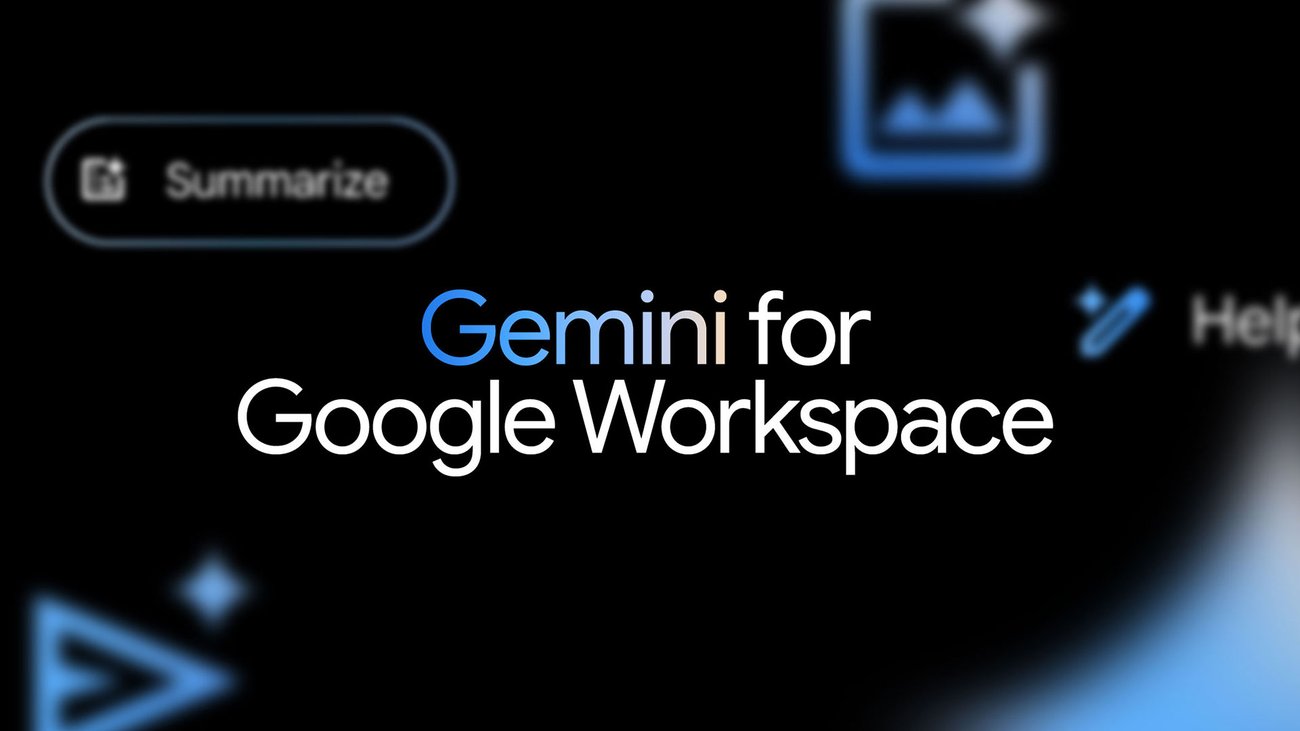Số hóa bùng nổ mạnh mẽ kéo theo khách hàng ngày càng yêu cầu cao…
When speed is revenue: New Cloud CDN features to improve users’ digital experiences
 When it comes to digital experiences, speed is revenue. Users are highly sensitive to slow experiences, and the probability of them bouncing increases by 32% when page load times go from 1 second to 3 seconds. Frustrating experiences let revenue walk out of the door.
When it comes to digital experiences, speed is revenue. Users are highly sensitive to slow experiences, and the probability of them bouncing increases by 32% when page load times go from 1 second to 3 seconds. Frustrating experiences let revenue walk out of the door.
Cloud CDN can help accelerate your web services by using Google’s edge network to bring your content closer to your users. This can help you save on cloud operations costs, minimize the load on your origin servers, and scale your web experiences to a global audience. Our latest improvements to Cloud CDN expand on the tools you need to fine tune your web service performance.
Speed up page load times and save on costs by compressing dynamic content
With the new dynamic compression, Cloud CDN automatically reduces the size of responses that are transferred from the edge to a client, even if they were not compressed by the origin server. In a sample of popular CSS and Javascript files, we saw that dynamic compression reduced response sizes between 60 to 80%.
 This is a win-win for both your web service and its end users. With dynamic compression, you get:
This is a win-win for both your web service and its end users. With dynamic compression, you get:
- Faster page load: By reducing the size of content like CSS and Javascript resources, you can reduce time to first contentful paint and page loads overall.
- Cost management: Web services that serve a large amount of compressible content can significantly reduce their cache egress costs by enabling dynamic compression.
Cloud CDN supports gzip and Brotli compression for web resources like HTML, CSS, Javascript, JSON, HLS playlists, and DASH manifests. Get started with dynamic compression in GA today.
Customize cache keys to improve CDN performance
When a request comes to Cloud CDN’s edge, it gets mapped to a cache key and compared against entries in the cache. By default, Cloud CDN uses the protocol, host, path, and query string from the URI to define these cache keys.
Using Cloud CDN’s new custom cache keys you can better control caching behavior in order to improve cache hit rates and origin offload. We now support using named headers and cookies. If your web service implements A/B testing or canarying, using named cookies to define cache keys may be especially useful.
Sử dụng danh sách cho phép mới của Cloud CDN cho các tham số URI của Storage Cloud, bạn cũng có thể triển khai chặn bộ nhớ cache. Đây là một chiến lược cho phép người dùng cuối của bạn tìm thấy phiên bản mới nhất của tài nguyên được lưu trong bộ nhớ cache ngay cả khi phiên bản cũ hơn vẫn đang hoạt động. Bằng cách thêm tham số truy vấn chỉ định lập phiên bản và thêm nó vào danh sách cho phép, bạn có thể tránh làm mất các tính năng của phiên bản đã lưu trong bộ nhớ cache cũ hơn.
Accelerate your business with Google Cloud networking
To learn more about how customers like AppLovin use Cloud CDN and Google Cloud networking to accelerate their business, check out our Cloud NEXT – on simplifying and securing your network.
If your business is interested in the Google Cloud Platform then you can connect to Gimasys - Google Premier Partner - for consulting solutions according to the unique needs of your business. Contact now:
- Gimasys – Google Cloud Premier Partner
- Hotline: Hanoi: 0987 682 505 - Ho Chi Minh: 0974 417 099
- Email: gcp@gimasys.com
Source: Gimasys



